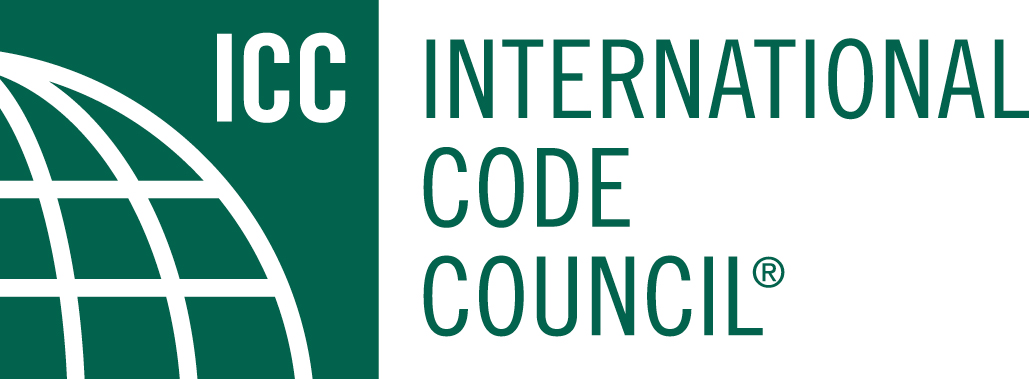Landscape of Federal and State Resilience Planning & Policies and the Role of Modern Codes and Standards
Climate resilience and adaptation planning at the state level, while in some cases ambitious, often falls short in critical areas, such as sufficiently accounting for flooding and social vulnerability. That’s a key takeaway from new research, including a survey of 148 plans in all 50 states, U.S. territories, and the District of Columbia. The survey was done by Urban Institute researchers and commissioned by the State Resilience Partnership, a network of nongovernmental and academic institutions convened by Pew and the American Flood Coalition.
A look into the report's top-five findings: Flooding often is only a small component of most plans; most state plans do not meaningfully incorporate social vulnerability, and few include strategies to assist low-capacity communities; state plans often are developed under short time frames, and many omit projections of future risk; federal standards for state hazard mitigation planning may not account for specific state needs; and resilience planning efforts are often reactive, instead of proactive. With an unprecedented amount of money set aside for resilient infrastructure in the Infrastructure Investment and Jobs Act, states throughout the U.S. have a unique opportunity to develop innovative resilience and adaptation plans—and see those plans translated to real action.
Part 2: Modern Codes and Standards Help Improve Community Disaster Resilience in a Changing Climate
Despite the 11-fold return on investment for adopting the latest hazard-resistant building codes, only 25 percent of communities have done so. Community adoption and enforcement of the latest codes and standards lays the foundation for increased resilience to the impacts of earthquakes and climate-fueled wind and flood events.
To accelerate the adoption of modern building codes to improve resiliency and save energy, the White House tasked the Mitigation Framework Leadership Group (MitFLG) with leading the National Initiative to Advance Building Codes (NIABC). As part of implementing this initiative, FEMA has launched a Building Codes Strategy – a blueprint for organizing and advancing FEMA’s building code efforts, strengthening nationwide capability for superior building performance, and driving public action. The strategy includes consideration for climate change, equity, and vulnerable and underserved communities.
Furthermore, both FEMA and the American Society of Civil Engineers are considering changing their decades-old minimum flood-resistant standards to help individuals and communities reduce costly flood losses and recover faster by aligning the requirements with the latest understanding of flood risk, incorporating future conditions and changing risks.
This session will present an overview of the NIABC, implementation of FEMA’s Building Codes Strategy, and the future of flood standards.

